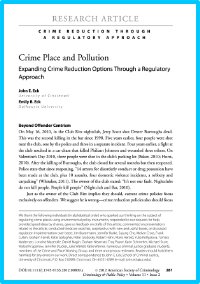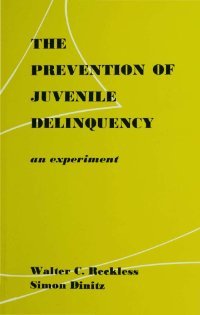By Gregory D. Breetzke and Luna Asefaw Girmay
Research examining the crime drop has become increasingly popular with a plethora of studies showing how crime has declined since the 1990s. The vast majority of this research has, however, emanated from the United States and other ‘Western’ countries. In this study, we undertook a national-level analysis of crime trends in South Africa from 2010 to 2019 using official police data. Results showed that crime did drop marginally in the country over the study period although there is substantial variability in crime decline by crime type and geography. Moreover, various socio-demographic characteristics, such as income inequality, were found to possibly influence the temporal trends of crime in the country observed. These findings underscore the importance of context-specific analyses in understanding decadal crime trends and highlight the need for targeted, geographically nuanced approaches to crime prevention in South Africa
Security Journal (2025) 38:14










